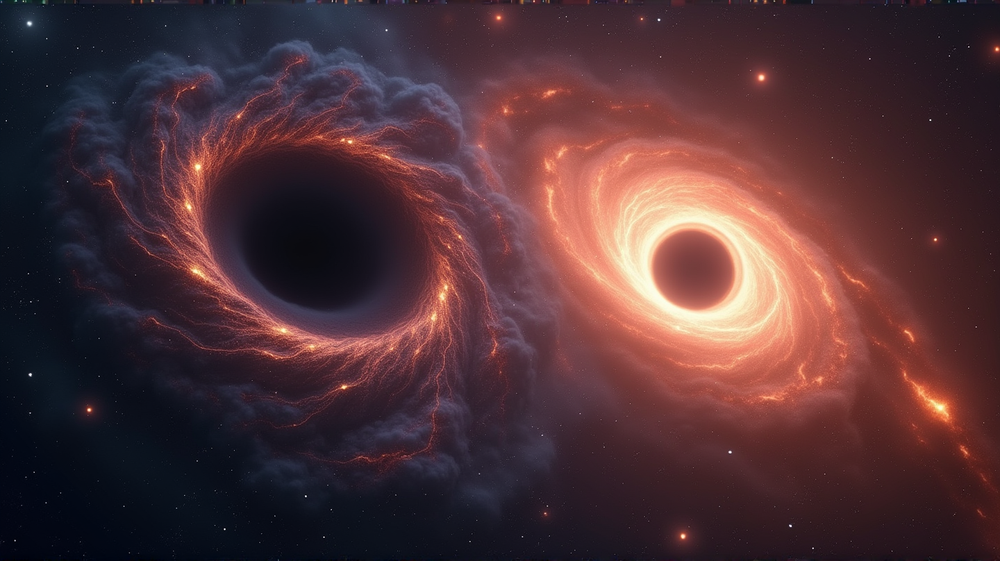A Record-Breaking Cosmic Glutton
Astronomers are in awe as they observe a distant supermassive black hole consuming matter at a rate 2.4 times faster than what was previously deemed theoretically possible. Located a breathtaking 12.8 billion light-years away, this cosmic leviathan is using its immense gravitational pull to gobble up vast amounts of matter. This astounding revelation causes scientists to reconsider long-standing beliefs about the growth speed of such celestial giants. According to ts2.tech, the findings have taken the scientific community by storm, offering new insights into how massive black holes expanded so rapidly in the universe’s early years.
Shocking Observations
Luca Ighina, a leading researcher at the Center for Astrophysics, described the discovery as nothing short of astonishing. He elaborated on the implications of this newfound black hole, emphasizing its complex role in our understanding of the universe’s evolution. The researchers found themselves captivated by the quasar’s intense brightness, which outshines others from the universe’s first billion years.
The Science Behind Black Hole Growth
These supermassive structures defy our previous understanding of nature, suggesting that early black holes may have originated with larger seed masses or existed in conditions conducive to such phenomenal accretion rates. At 12.8 billion light-years away, this specific black hole’s activity offers an invaluable window back into an era close to the Big Bang, when stars and galaxies were beginning to form.
Beyond Conventional Models
The evidence from this runaway black hole urges a reevaluation of current models. Traditional theories may no longer be adequate to describe the rapid accumulation observed in such entities. With each examination revealing more about these cosmic enigmas, the potential for groundbreaking discoveries keeps expanding.
What’s Next for Astronomy
As astronomers continue to explore the depths of space, these findings reinforce the potential for new discoveries that can redefine existing scientific paradigms. The mission is to investigate profound questions about the formation and life cycle of celestial bodies at the dawn of the cosmos. At the intersection of observation and cutting-edge theory, we might just be inching closer to unprecedented breakthroughs.
According to ts2.tech, astronomers remain committed to expanding our understanding of black holes, pushing the boundaries of what we know about the universe.












